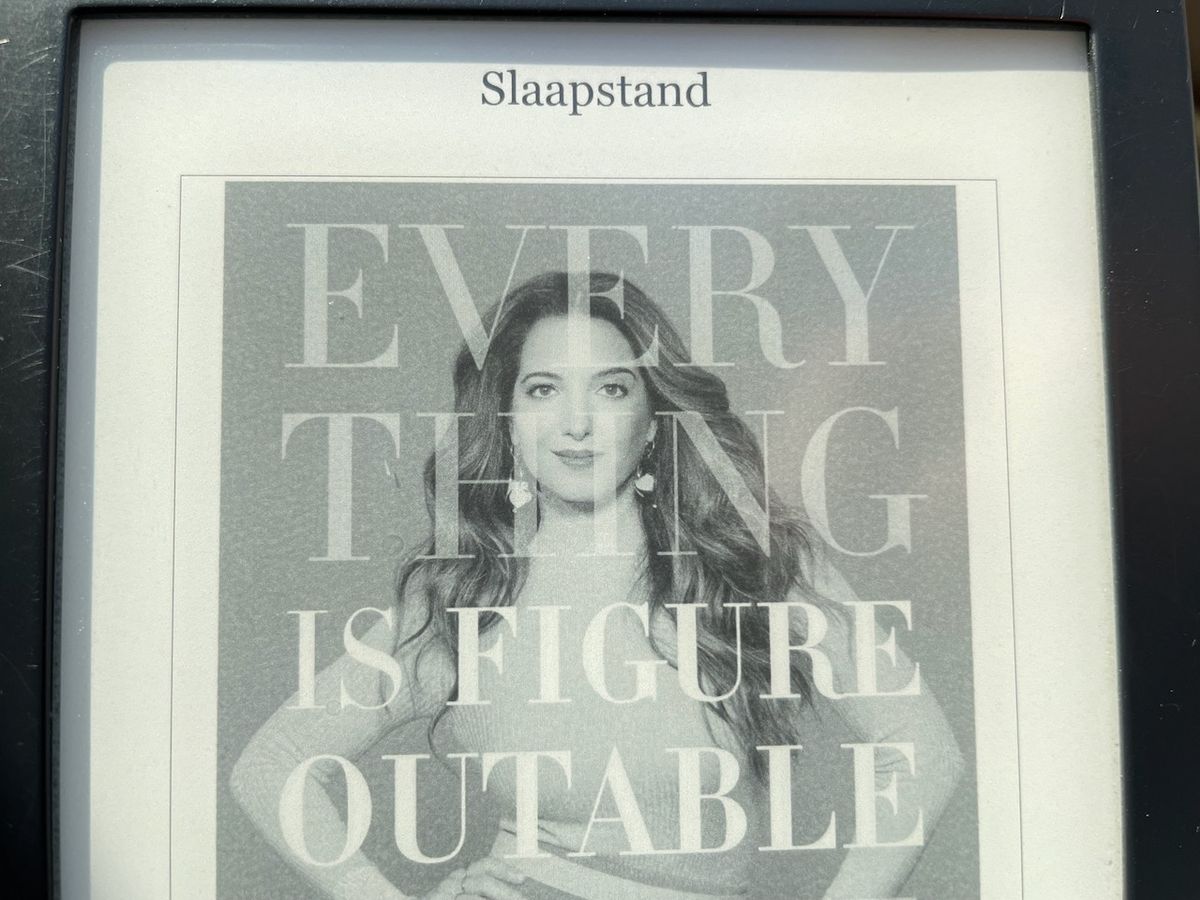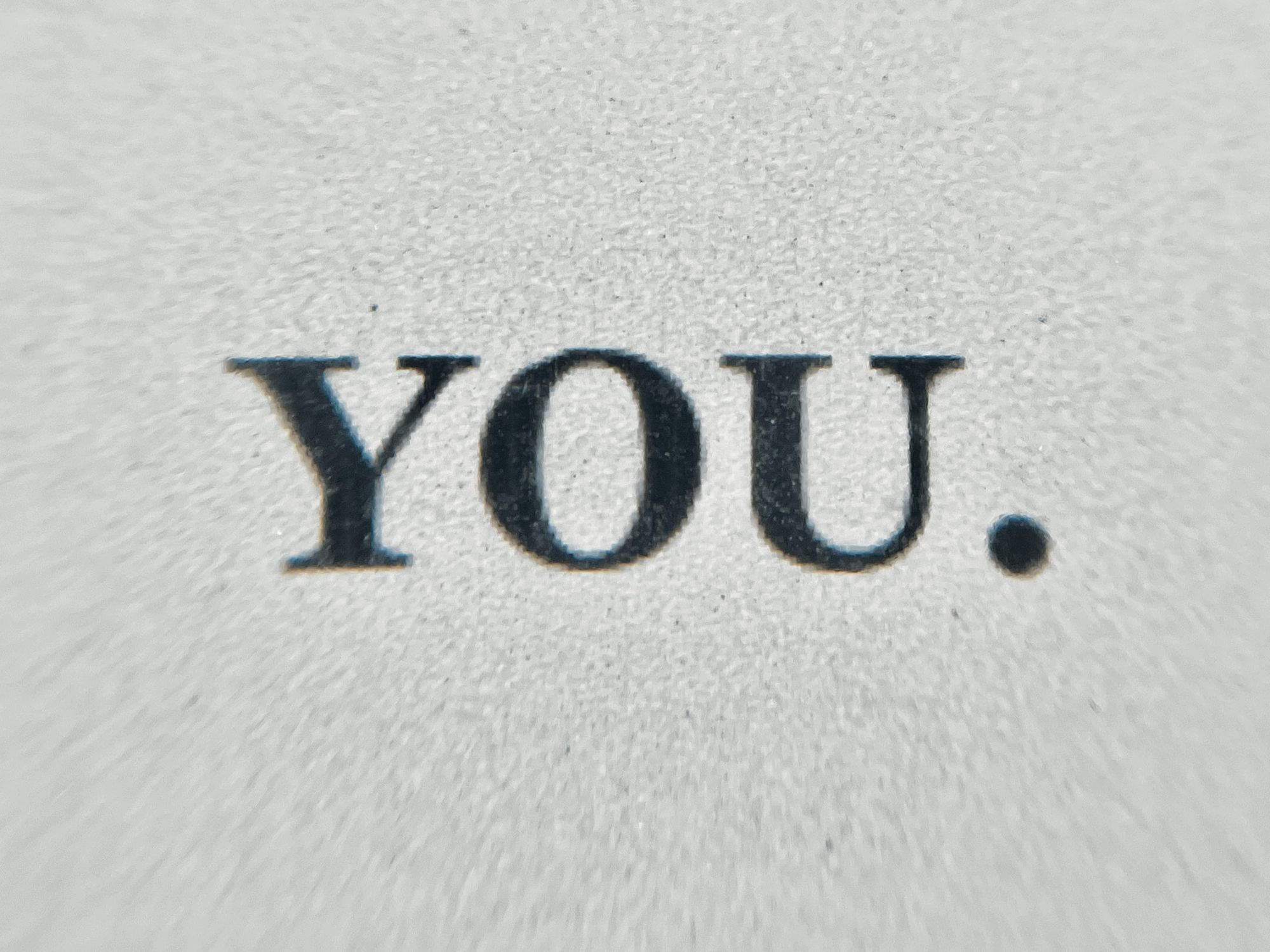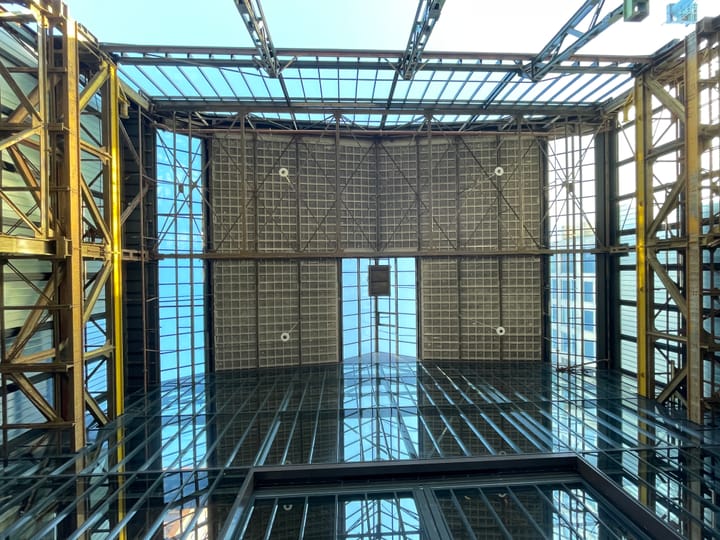Electronic paper and digital ink explained
Why are electronic paper and digital ink so gentle to the eyes and why is it that these screen consume so little energy.

I visited my mother-in-law the other day, and she is very sceptical of modern, digital technologies. Partly she distrusts the physical properties that may cause negative radiation, but also the hypnotic effects of many screens. But my e-reader fascinated her immensely. So compact, long battery life, versatile, but I could only moderately explain what makes the screen so special. A new attempt.
Electronic paper
The electronic paper of an e-reader does not emit light, but works just like a paper book. It receives light from its surroundings and reflects it. So the light and dark parts of a page are physically present and therefore so sharp and quiet for the eyes. No flickering caused by the frequencies of refreshment.
But an e-reader also emits light, right? I myself like to read in the dark and so use the e-reader as a sort of torch. But that light does not come from the screen, but they are LED lights in the side of the screen. So no light comes out of the screen, but the screen is illuminated.
Workings of digital ink
The screen of an e-reader is a grid, just like a normal screen of a computer or mobile. But the small elements in the grid become black, gray or white. An electric current causes the pigments in the tiny sphere to swap places.

This is also the reason that after the page is built, the e-reader no longer uses power and the e-reader just shows a page or image even if the device is turned off. With a difficult word, the spheres are bistable.
Benefits
So the page of an e-reader is physically present and has a high contrast. With a magnifying glass, or better a microscope, you would be able to see the white and the black. That's also the reason you can read in sunlight and at a reasonably wide viewing angle. Next to that, electronic paper and digital ink are low power, very compact and durable.
I myself have a Kobo Clara and the screen has a resolution of 1448 x 1072 pixels. That means that it has one and a half million pixels over a six-inch screen. In practice, it means you don't see the actuals pixels and the fonts really look smooth.

Want to see more, check out this video explanation and tour:
How E-Ink works



